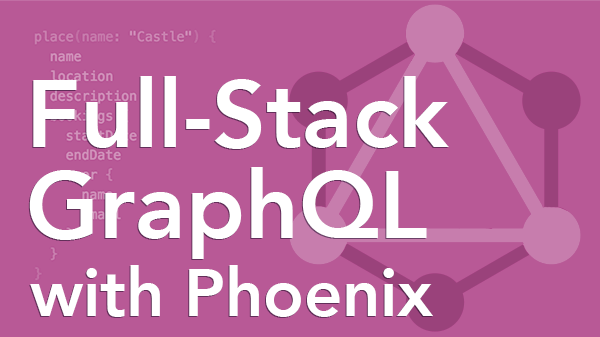What Can GraphQL Do?
February 20, 2019
(This is Part 2 of a series: Part 1, Part 3, Part 4)
What can GraphQL do? In the previous video we saw how GraphQL is a query language for your API. But not just any API. If you send a GraphQL query to a REST API, it doesn’t know what to do with it. A REST API expects GET, POST, PUT, and DELETE operations on specific resources. A GraphQL API, by comparison, supports three types of operations: queries, mutations, and subscriptions.
In this short video we see GraphQL in action using a concrete example that highlights all three operations.
In summary, a GraphQL API knows how to handle three types of operations:
-
queries that fetch data
query { places(matching: "castle") { name location image bookings { startDate endDate } } } -
mutations that change data (create, update, or delete data)
mutation { createBooking(placeId: 3, startDate: "2019-06-15", endDate: "2019-06-23") { startDate endDate state totalPrice } } -
subscriptions that deliver near real-time data updates
subscription { bookingChange(placeId: 3) { startDate endDate state user { email } } }
So then, how do you know what queries, mutations, and subscriptions a GraphQL API supports? Do you have to guess?
Thankfully, no! A GraphQL API tells you what’s possible by way of its schema, which we explore in the next video.
Unpack a Full-Stack GraphQL App Layer-By-Layer
Learn what it takes to put together a full-stack GraphQL app using Absinthe, Phoenix, and React in our Unpacked: Full-Stack GraphQL course. No need to piece together solutions yourself. Use this application as a springboard for creating your own GraphQL apps!

